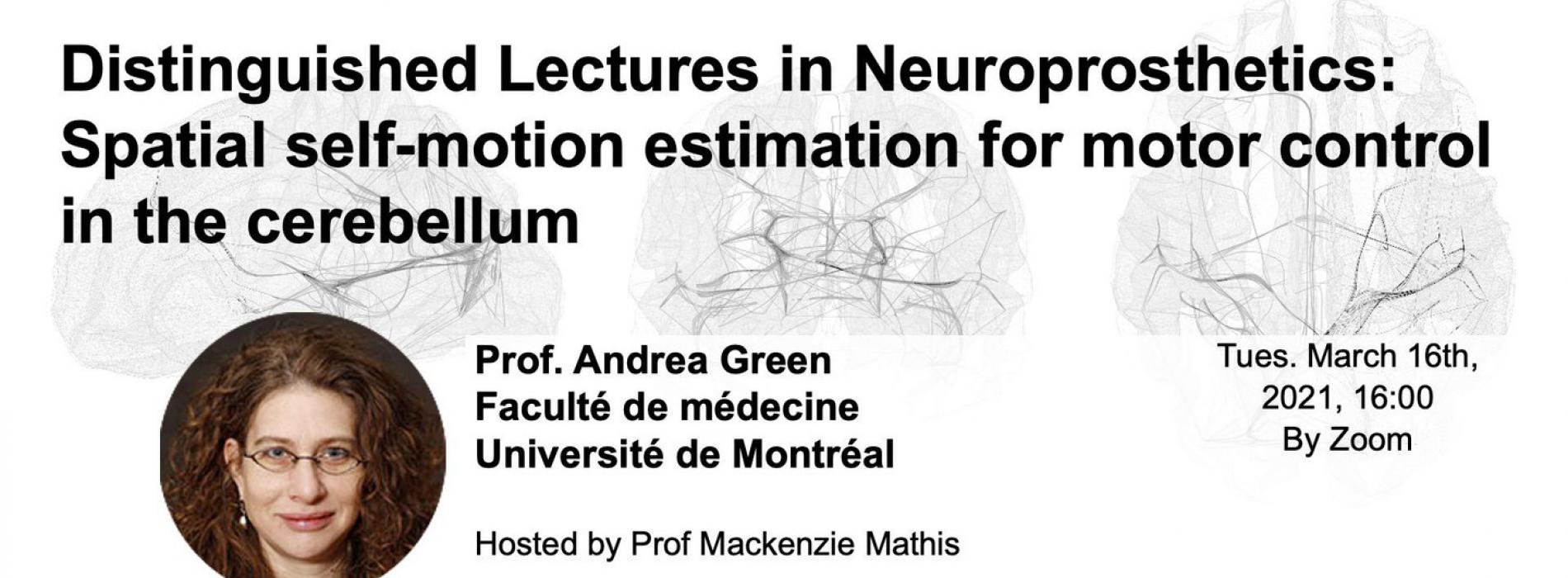
 Events
Events
DLN Spatial self-motion estimation for motor control in the cerebellum, Prof. Andrea Green
On-line event
ABSTRACT
Whether running to catch a ball or turning to reach for a coffee cup, in our daily lives we are constantly in motion, interacting with objects in the environment. Experiments under simplified laboratory conditions, in which body movements are limited, have provided essential insights into how we plan and control voluntary motor actions (e.g., reaching). However, it remains to be established how such insights generalize to the more complex real-life problem of planning and coordinating our actions as we move through space. How do we integrate multisensory cues (e.g., vestibular, visual, proprioceptive) to compute the types of self-motion estimates that are relevant for different tasks? What are the mechanisms by which we use such estimates in the online control of motor behavior? In this talk, I will discuss the role of a distributed brainstem-cerebellar circuit in computing the types of self-motion estimates essential for activities such as postural control and voluntary reaching. I will also describe the results of recent studies investigating how vestibular estimates of the body’s motion contribute to voluntary reaching and what the implications might be for understanding how we integrate sensory feedback to control voluntary movement.
To have further information about this event, please visit the following web-site.